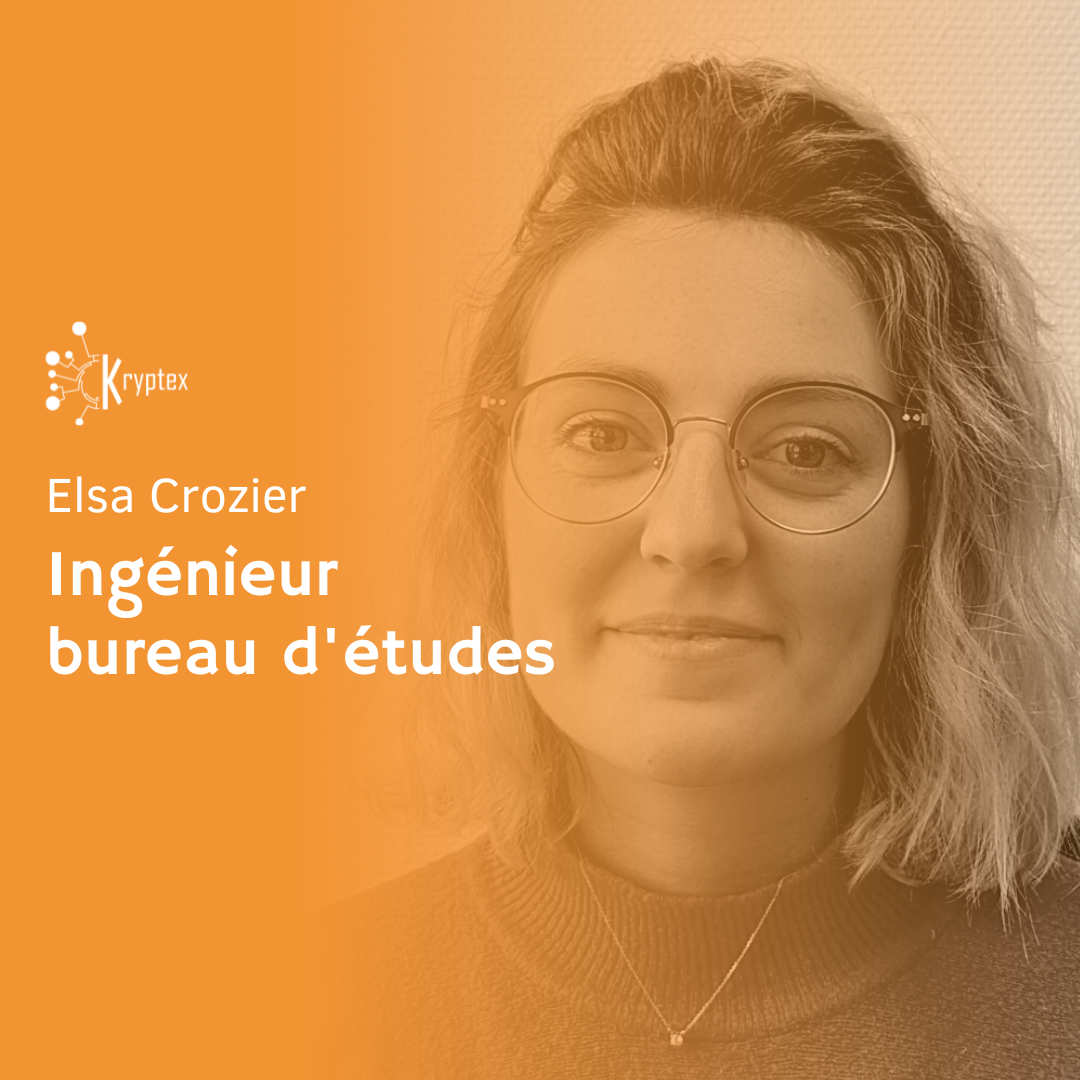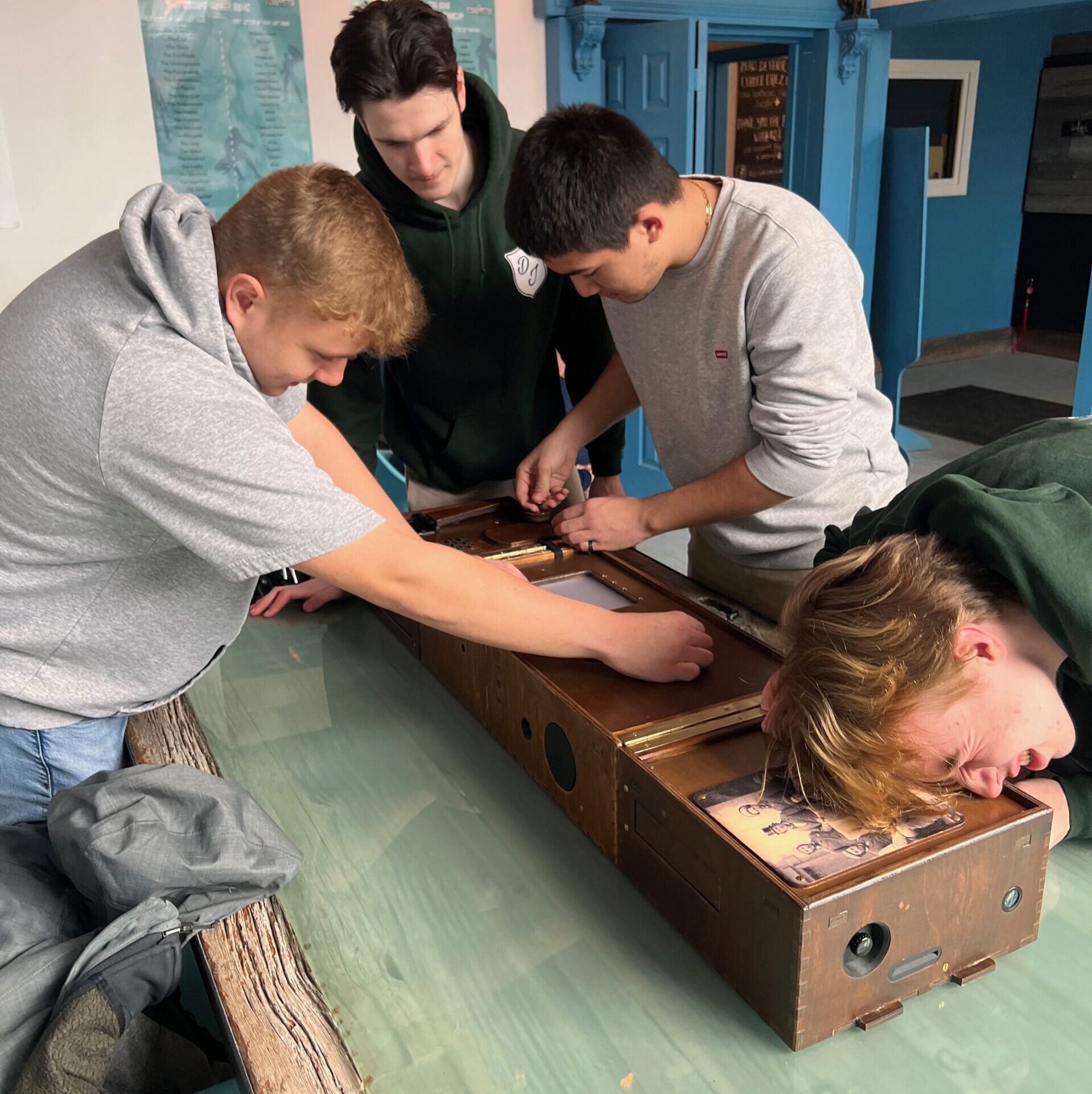“Box-type escape games are very interesting to model because you have to think about the layout in a very small space”
Elsa Crozier is a design engineer at Kryptex. Her role is to model what the designers have imagined before sending it to the workshop. She explains her background and her preference for escape boxes, which are always a challenge in terms of modeling.
What are you doing at Kryptex?
I am a design engineer at Kryptex. I am the link between the designers and the workshop. I model everything the designers have imagined for the design brief to make it feasible, taking into account hardware, electronics, materials, etc. I make a plan that will be communicated to the workshop and I make the orders associated with each module.
What is your background?
I have a degree in sensory engineering. I discovered the escape game during my internship at the end of my studies in a company specialized in the design of escape games.
What made you want to invest in an escape game project?
It’s very creative. You never do the same thing twice. It’s much more fun than designing cars, for example.
What types of games do you prefer to work on?
I really like the boxes, when there is nothing else in the room but a box. Everything is then played on a single module, which is very complex. It’s very interesting to model, it forces you to think about the layout in a very small space. But I think that as a player, I still prefer big rooms with several small modules that interact with each other.
What are your favorite projects that you have modeled?
We made three boxes for the UIMM Occitanie . It was a kind of serious game on the theme of aviation, aimed at students. They were to create the plane of the future . We subcontracted the cutting and took care of the assembly, the decoration was precise and well done. I had a lot of fun with the modeling. I really enjoyed working on the two twin boxes inspired by the world of the magician Houdini that we made for Le Bunker. They were almost the size of a human and played on all five sides with inlaid touch screens. This is a project we’ve done twice. The second time, I was able to improve the modeling. We were able to modify a few processes, which did not change the appearance but allowed us to save costs.






Comments are closed